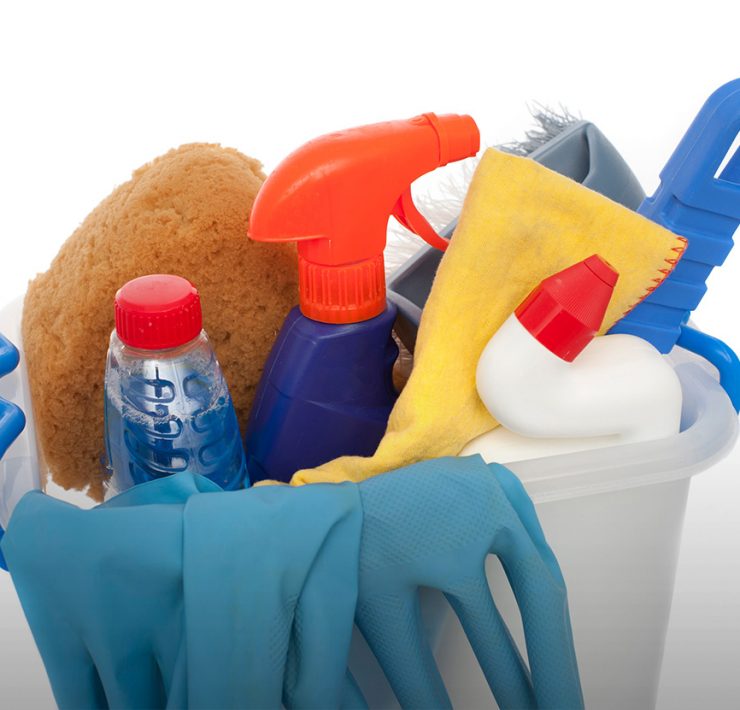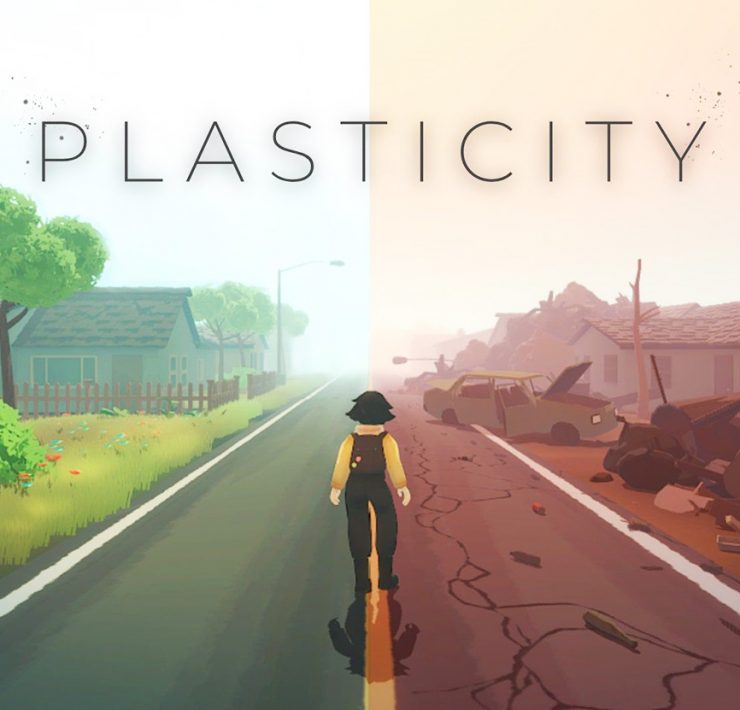5 ways to be an eco-conscious pet parent
- We love our pets, but we can’t ignore the fact that the way we choose to nurture them has a sizeable impact on the environment. Here’s how you can give your pet the best life while also caring for the planet.

Shraddha Uchil is the consulting features editor at Ethico. After…
Being a parent in today’s world is about more than just equipping your child with the best tools and resources to excel; it’s about leaving behind an inhabitable (and thriving!) planet for them. As new parents, we tend to pay a lot more attention to raising our children with sustainability in mind (if you are looking for tips, we have a useful listicle for you here). Yet, somehow, when we bring a pet home, sustainability is a thought that’s often farthest from our minds.
It’s easy to overlook it and think, “But it’s just one animal, how much could it possibly affect the environment?” Turns out, every small thing adds up, from how you treat them to what you feed them. A 2017 UCLA study found that just the meat consumed by dogs and cats in the form of pet food creates the equivalent of 64 million tons of carbon dioxide per year, which has about the same impact on the climate as a year’s worth of driving for 13.6 million cars.
However, there is a way to show our love to our pets as well as the planet. Here are some changes we as pet owners can make to avoid leaving a large carbon paw print.
1. Thinking of bringing a pet home? Adopt, don’t shop!
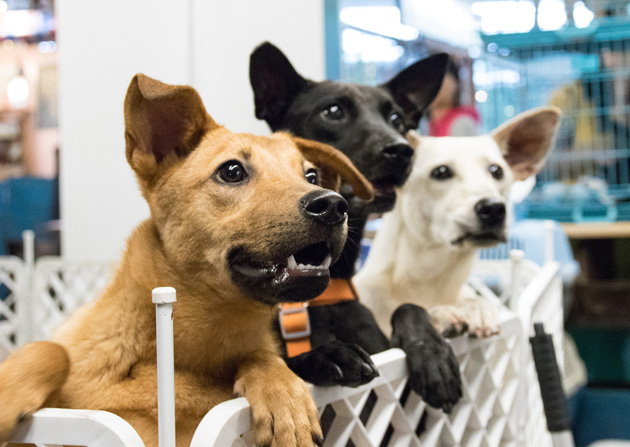
Let’s get this one out of the way first, shall we? The pet breeding industry in India is largely unregulated, with a lot of breeders following unethical and often downright despicable practices to supply pedigree animals to those who can afford them. By adopting from a shelter, you’re making space for another abandoned or injured animal in there. And by taking in a stray (AKA ‘indie’ dog or cat), you are saving one from an uncertain life on the streets. Look out for adoption camps or call up your local rescue shelter to find out if any of the animals are in need of homes.
2. Feed your pets fresh food over packaged
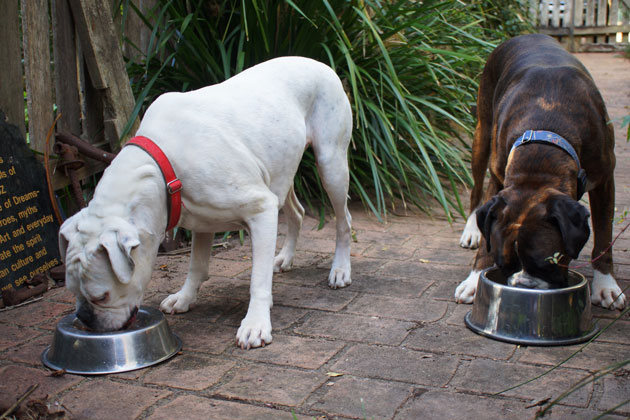
Very often, pet parents opt to feed their dogs or cats processed food like kibble. Not only has this kind of food been proven to be unhealthy for animals, it almost always comes packaged in plastic. If you have the time, the best option is to offer your pets food cooked at home keeping in mind their nutritional needs (talk to your vet if you’re unsure about how to proceed). The US-based Natural Resources Defense Council (NRDC) advises you to go for foods that contain by-products like animal bone meal or organ meat, instead of human-grade meat, which has a much greater carbon footprint. If that seems too tall an order, you can do your bit for the environment by swapping out plastic food packets for canned food, after using which the metal can be recycled. Use caution while transitioning cats and dogs to a different diet, and make sure you introduce new foods gradually.
3. Change the way you take care of business
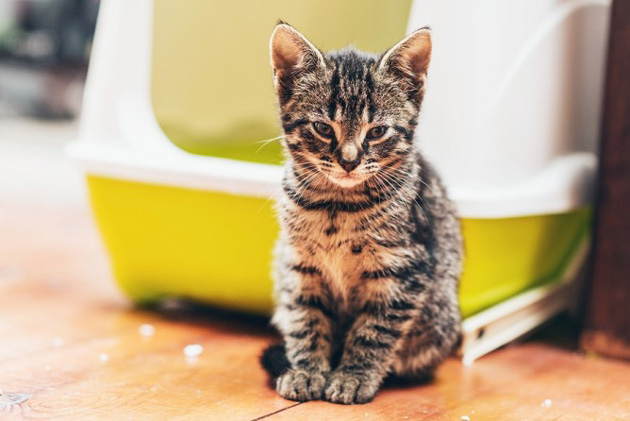
The most commonly seen type of cat litter these days is made of sodium bentonite, which is popular because it clumps easily. But not only is this type of clay harmful to the environment because it is strip-mined out of the ground, but the safest way to dispose of it is to bag it and send it with the rest of your waste to the landfill. How is your cat expected to do its business then, you ask? Turns out, several options exist, like sand, newspaper pellets, and sawdust (which you can source from your neighbourhood carpenter). But if you find these options too tedious to deal with — they don’t clump well, and don’t come with “odour control” features like clay litter — then you can try biodegradable litter. Several brands make these nowadays, and a Google search should help you find them with ease. When it comes to dogs, make sure to carry an old newspaper or a biodegradable bag on your daily walk so you can pick up after them.
4. Use non-toxic grooming and less harmful pest protection methods
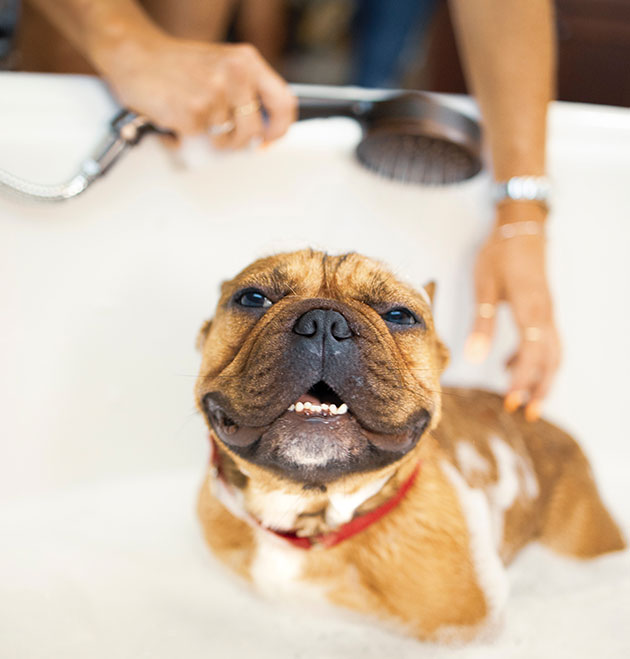
Conventional flea and tick treatment products like collars, sprays and dusting powders are loaded with chemicals that could be harmful to your pets’ health, as well as to the environment. To stay away from these products completely, ensure that you groom your pets regularly and wash their bedding frequently. If you do have to resort to a medicinal treatment, the NRDC recommends avoiding products that feature synthetic neonicotinoids (two examples being imidacloprid and dinotefuran), which they say “are harmful to bees and may be toxic to the developing brain of young kids.”
5. Patronise local businesses
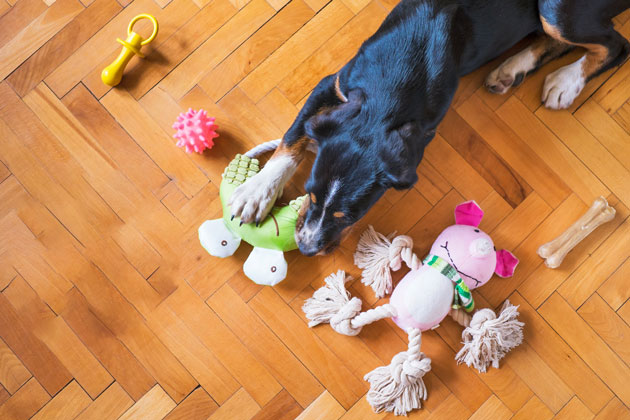
When you order that cute little collar, toys or delicious treats for your pet, know that they are often mass-produced in factories that have a negative impact on the environment. This is not even counting the air miles involved in shipping the product from where it is manufactured to your location. A little online research will lead you to local businesses who make the same products that are available globally, sometimes better! If you can’t find any in your town or city, opt for brands like Poochmates and Doggie Dabbas, whose products are manufactured in and shipped across India.
Shraddha Uchil is the consulting features editor at Ethico. After nearly a decade writing about food and culture for major publications, she has currently settled into her role as a new mum. Now, it’s time to consider how she can help preserve the world for generations to come.




